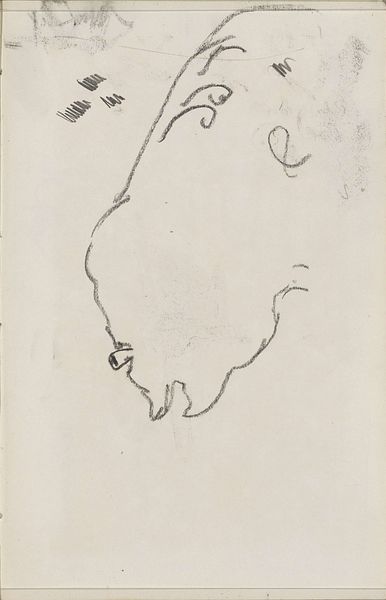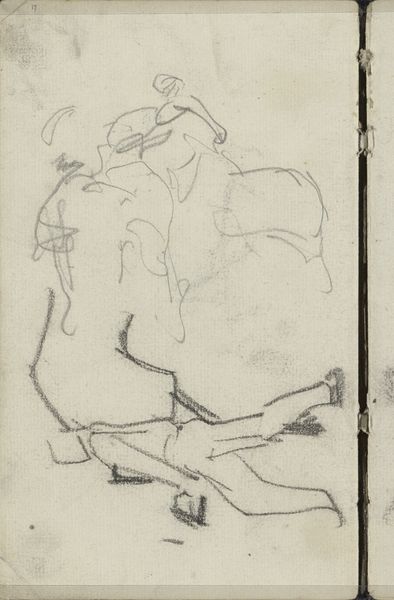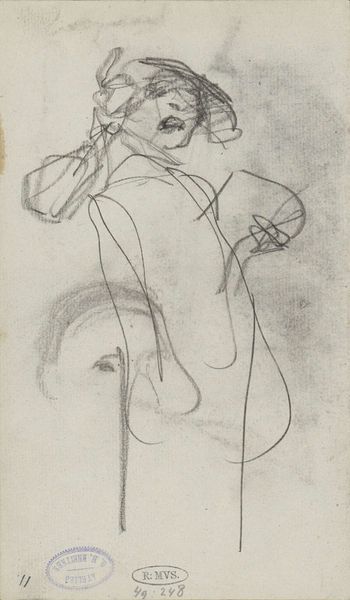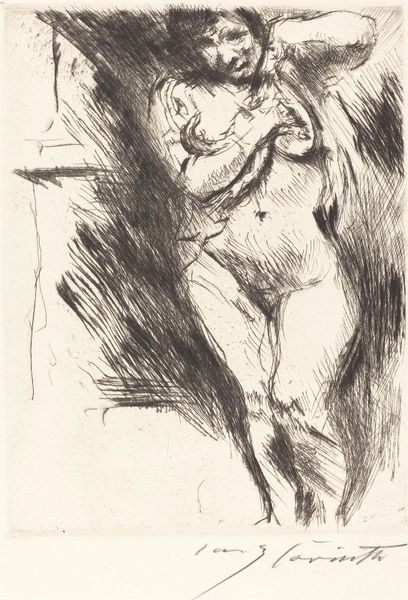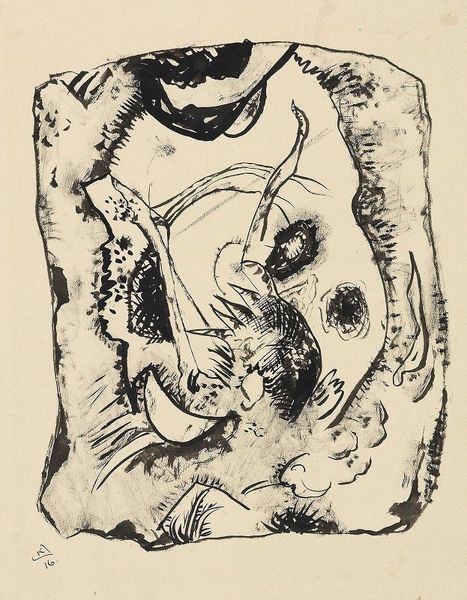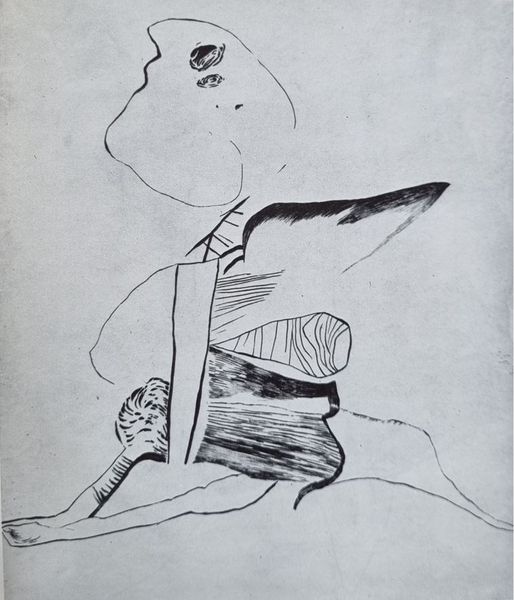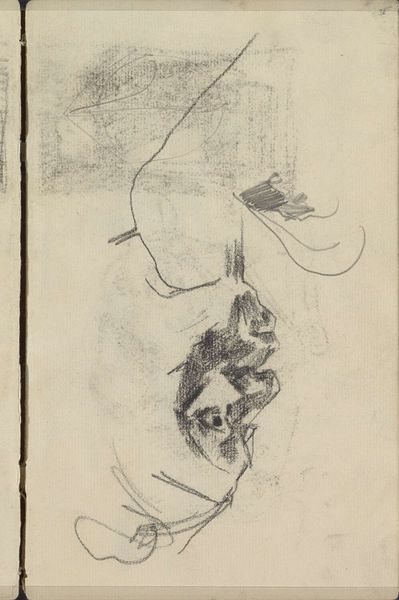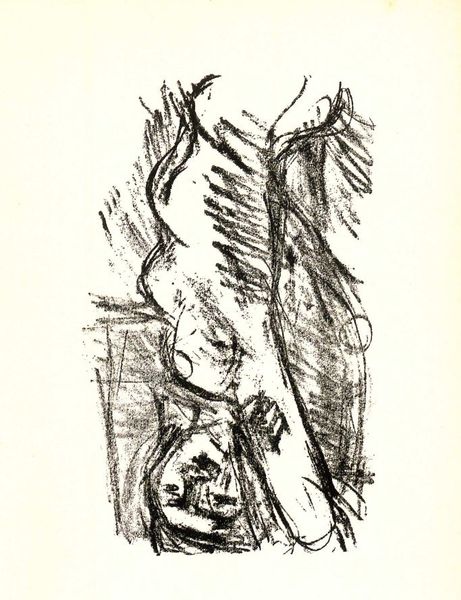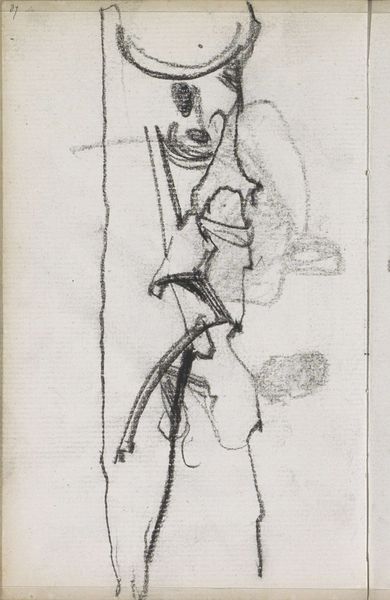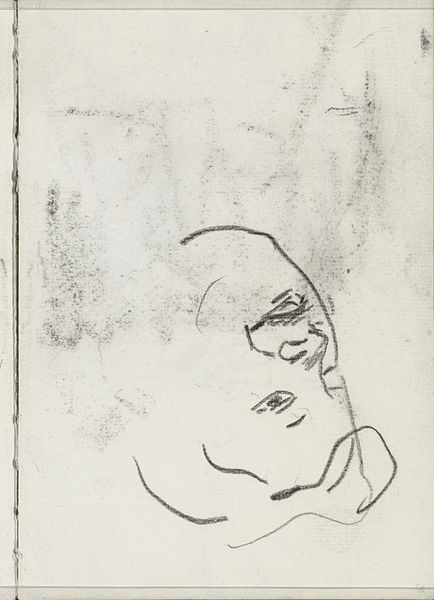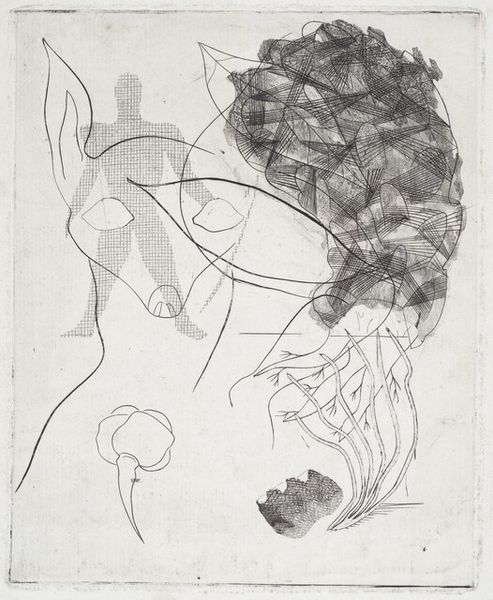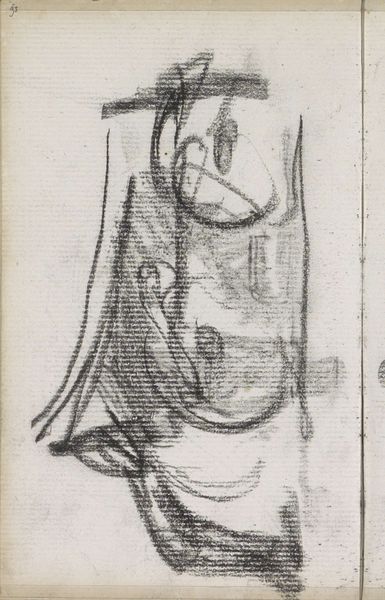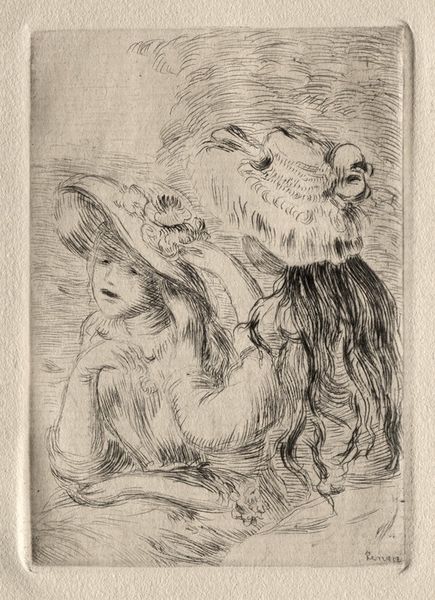
drawing, paper, pen
#
portrait
#
drawing
#
animal
#
impressionism
#
bird
#
figuration
#
paper
#
sketch
#
pen-ink sketch
#
line
#
pen
Copyright: Public domain
Editor: This drawing, “Sketches of a Hen and a Cock,” was made by Vincent van Gogh in 1890 using pen and ink on paper. It feels very immediate, like he was trying to quickly capture the essence of these animals. What strikes you when you look at it? Curator: The seeming simplicity is deceptive. These aren't just chickens; they're imbued with symbolic weight, linking to themes of rural life and the domestic sphere. Think about the long cultural association of the cock with vigilance and masculinity, contrasted with the hen and her connection to nurturing. Does this contrast reveal the artist's psychology in any way? Editor: That's interesting, I hadn’t considered the gendered symbolism. To me they just looked like...chickens! But I see your point. Curator: Van Gogh wasn't simply sketching poultry; he was engaging with a long history of animal symbolism in art. These fowl are also acting as stand-ins for humanity. Think about what characteristics the artist could emphasize? Are these strong animals, aggressive, fearful, aloof? Editor: I see some apprehension in the hen near the bottom – the way he rendered the eye, perhaps? Also a puffed up chest and assertive stance in the cock in the sketch above? I guess these aren’t simple sketches. Curator: Precisely! These works are vessels of meaning far beyond just the barnyard. Look closely at the energetic lines of the sketch; do they reflect the turbulent intensity we often associate with Van Gogh's emotional life, transferring a deeply human element into the rendering of mere fowl? Editor: I definitely see it now. Looking beyond the surface details adds another layer of understanding. Curator: Indeed. By contemplating how artists choose to represent familiar images we uncover deep insights into cultural values and human psychology.
Comments
No comments
Be the first to comment and join the conversation on the ultimate creative platform.
